As a new blowing agent for rigid polyurethane foam, Cyclopentane CAS 287-92-3 is used to replace chlorofluorocarbons (CFCS), which have a damaging effect on the atmospheric ozone layer. Cyclopentane CAS 287-92-3 has been widely used in the production of fluorine-free refrigerators, freezers, cold storage, pipeline insulation and other fields. . As Montreal and other conventions ban ODS deadlines approaching, CFCs and HCFCs products will soon be banned, and cyclopentane will surely become the protagonist in the field of polyurethane foaming agents.
Main properties
Appearance and properties: Colorless transparent liquid with benzene-like odor.
Melting point (℃): -93.7
Boiling point (℃): 49.3
Relative density (water=1): 0.75
Relative vapor density (air=1): 2.42
Saturated vapor pressure (kPa): 53.32 (31°C)
Heat of combustion (kJ/mol ): 3287.8
critical temperature (℃): 238.6
critical pressure (MPa): 4.52
octanol/water partition coefficient logarithmic value: 7 (calculated value)
flash point (℃): -25
ignition temperature (℃): 361 %(V/V): 8.0
Lower Explosion Limit%(V/V): 1.4
Solubility: Insoluble in water, soluble in alcohol, ether, benzene, carbon tetrachloride, acetone and many other organic solvents.
Specification
Appearance Colorless Clear Liquid, No Suspension, No Odor
Cyclopentane Mass Fraction % ≥95%
Positive Hexane Fraction % ≤0.001
Benzene Mass Fraction % ≤0.0001
Water % ≤0.015
Sulphur ng/u1 ≤2
Other C6 And Under C6 Hydrocarbon % Margin
Density 20ºC,g/cm3 Actual Measurement
Application
1. Replaces Freon's foaming agent, which is widely used in refrigerators and freezers, and other rigid PU foams.
2. Used as a solvent for solution polymerization such as polyisoprene rubber and a solvent for cellulose ether.
3. Chromatographic standard
Packaging
Drum: 145KG/Drum, 80Drums/20GP
Safety & Storage & Handling
*Keep away from open flames, hot surfaces, and sources of ignition.
*Keep containers tightly closed in a dry, cool, and well-ventilated place. Flammables area. Keep away from heat, sparks, and flame.
*Wear personal protective equipment/face protection. Avoid contact with skin, eyes, or clothing. Avoid ingestion and inhalation. Use only non-sparking tools. Use spark-proof tools and explosion-proof equipment. To avoid ignition of vapors by static electricity discharge, all metal parts of the equipment must be grounded. Take precautionary measures against static discharges.



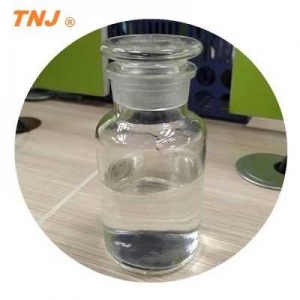
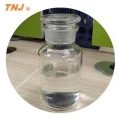
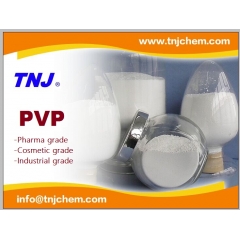

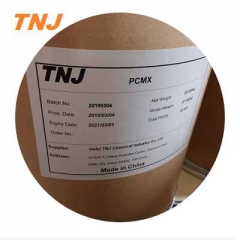
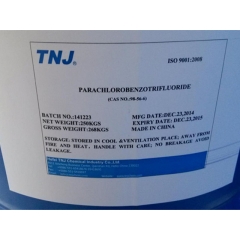
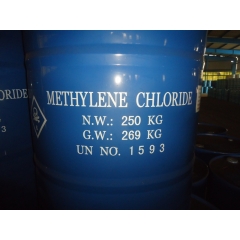
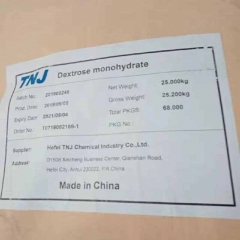
 chemical.tnj
chemical.tnj +8618949823763
+8618949823763 tnjchem
tnjchem 2881500864
2881500864